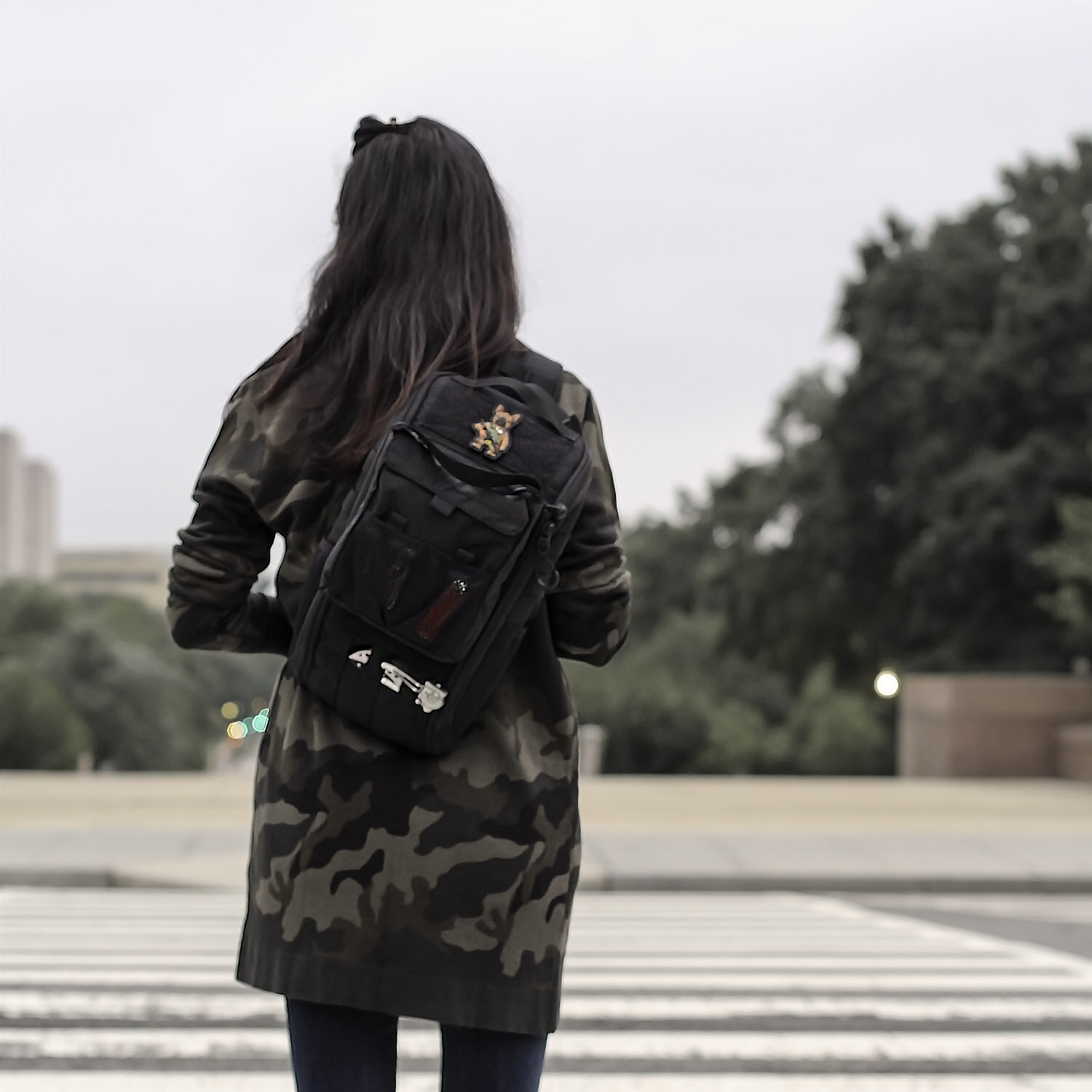National Preparedness Month
You might not be aware that September is National Preparedness Month. Honestly, if I wasn't interested in being prepared I wouldn't know that it was either. It's hard to say if it's a lack of communication/marketing on the organization’s part, or if it's the fact that we have just so much information coming at us all the time that it's easy for this to be overlooked. It's most likely a little of both. However, let's not let that stop us from seeking out the information that could be helpful, and not be naive in a topic we all could use more information on.
You all have heard me preach about being self-reliant. After all, it’s the foundation of SMT. One area of self-reliance that I think is important is preparedness. My intention with sharing content about being prepared is never to tell you that you need to build a bunker because there are plenty of hardcore survivalists with dedicated sites that will break it all down for you if that’s what you are looking for. My goal is for you to start a conversation with yourself & family to begin entertaining the idea of being prepared, and to show you small ways you can start incorporating the preparedness mindset into your lifestyle.
There are lots of other resources available online to help you become prepared for many different types of emergencies and/or disasters. Besides individual blogs, one of my go-to resources is Ready.Gov where they provide endless checklists, videos, and tips to help make living the preparedness lifestyle easy.
One of the easiest and most simple steps in getting you and your family prepared is to start by having a discussion about your specific situations/needs. The foundation to living a self-reliant lifestyle stems from asking yourself, “What If…” and “What Would I Do?” Whether this question addresses how you would defend yourself or how prepared you are from natural disasters to active shooters or attacks in public places. The best question to start on this path is to ask yourself, "What if something happens and I'm not with my family or at home? What is my/our plan?" While the question will definitely spawn further conversation and action items, the root of the question will help get you started down the preparedness path. Many emergencies happen without any warning, and most likely you and your family are not always together. If that's the case, do you know how you will get in touch with them or do they know of a safe meeting place?
The next time you're having dinner with your family, why not discuss one simple aspect of preparedness like what your individual/family meeting location should be. When having this discussion, decide on places that are familiar and safe to your family. Also make sure that these places are accessible for anyone in your family that might have special needs. Additionally, don't leave your pets out of this discussion; take into consideration that some of these places may not be animal-friendly.
When having this conversation a good place to start, which is recommended by fema.gov, is identifying the following places which can then be used to start your family’s plan:
Indoor: If you live in an area where tornadoes, hurricanes, or other high-wind storms can happen, make sure everyone knows where to go for protection. This could be a small, interior, windowless room, such as a closet or bathroom, on the lowest level of a sturdy building, or a tornado-safe room or storm shelter.
In your neighborhood: This is a place in your neighborhood where your household members will meet if there is a fire or other emergency and you need to leave your home. The meeting place could be a big tree, a mailbox at the end of the driveway, or a neighbor’s house.
Outside of your neighborhood: This is a place where your family will meet if a disaster happens when you’re not at home and you can’t get back to your home. This could be a library, community center, house of worship, or family friend’s home.
Outside of your town or city: Having an out-of-town meeting place can help you reunite if a disaster happens and you cannot get home or to your out-of-neighborhood meeting place, or your family is not together and your community is instructed to evacuate the area. This meeting place could be the home of a relative or family friend. Make sure everyone knows the address of the meeting place and discuss ways you would get there.
This is just the foundation of getting a plan started for yourself and family. You’ve got to ask the basic questions so you know you can go from there and start building out full fledged get home plans, determine your other needs such as get home bags, and so forth.
CHECK OUT THE POSTS BELOW TO HELP YOU ON YOUR PREPAREDNESS PLAN THIS MONTH:




